Geoscience Reference
In-Depth Information
motion is in steady state in equilibrium and will remain so until the wind stops or
changes direction. Actually, the currents do not reach this equilibrium state imme-
diately but only after an adjustment time scale, as discussed in Section 6.3.3.3.
One can reasonably assume that, once the wind starts blowing and a pressure
gradient is not yet established, currents in the lagoon will adjust toward the Ekman
equilibrium, especially in regions far away from shorelines and over time scales
much shorter than the relaxation time (see Section 6.3.3.3). At that moment, surface
current estimates can be obtained from formulae derived for surface wind-induced
currents by Ekman. They are directed at 45
°
to the right of the wind direction and
their maximum speed is given by
15,16
τ
2
⋅⋅
⋅⋅
πτ
U
=
or
U
=
(6.38)
E
E
ρ
⋅
Kf
⋅
ρ
fh
z
E
where
τ
is the wind stress,
K
z
is the constant vertical turbulent coefficient,
ρ
is the
water density,
f
=
2
⋅Ω⋅
sin(
ϕ
) is the Coriolis parameter,
Ω
is the Earth's rotation
speed (
is the geographic latitude, and
h
E
is arbitrarily taken as
the effective depth of the wind-driven current (Equation 6.40). In the Vistula Lagoon,
for example,
≈
7.2921
⋅
10
−5
s
−1
),
ϕ
10
−5
s
−1
, and current speeds estimated from
Equation (6.38), Equation (6.42), and Equation (6.46) are 0.07, 0.20, and 0.46 m s
−1
for wind speeds of 5, 10, and 15 m s
−1
, respectively.
As depth increases, horizontal velocities decrease exponentially and veer pro-
gressively toward the right, forming what is known as an Ekman spiral. The current
distribution in this spiral, as a function of depth (
z
), is given by
15,16
ϕ
=
55
°
and
f
=
11.94
⋅
⋅
−
⋅
π
z
π
⋅
z
UU
=⋅
exp
cos
45
−
E
h
h
E
E
(6.39)
⋅
−
⋅
π
z
π
⋅
z
VU
=⋅
exp
sin
45
−
E
h
h
E
E
Wind-driven currents extend to a depth (
h
E
), called the Ekman depth, the thick-
ness of which depends on the vertical turbulent coefficient (
K
z
) and on the geographic
latitude through the Coriolis parameter
f
, as
15,16
2
K
f
h
= π
Z
(6.40)
E
h
E
, the velocity is directed opposite to that at the surface and
its speed is reduced by a factor of exp(
At the depth
z
=
) to about 4.3% of the surface speed.
Current speeds and directions at various depths in the Ekman spiral are presented
in
Table 6.8
.
The wind-induced current may be estimated as the current prevailing
at
z
−π
=
0.5
⋅
h
E
.






















Search WWH ::

Custom Search